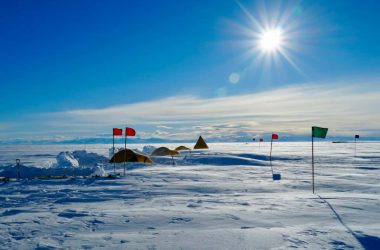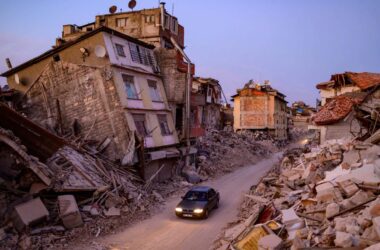A map of the ozone hole over the South Pole on 15 September 2021
Copernicus Atmosphere Monitoring Service/ECMWF
The ozone hole over the South Pole has grown larger than Antarctica in the past week, exceeding 75% of previous ozone holes recorded since 1979. The hole typically forms between August and October, reaching its maximum size in mid-September to mid-October. The reasons behind the current growth are still unclear, but it is being closely monitored by the Copernicus Atmosphere Monitoring Service (CAMS) through computer modeling and satellite observations.
In 2020, the ozone hole reached a peak size of about 24 million square kilometers in early October, which was larger than previous years. Initially, the ozone hole this year was expected to be similar in size, but it has grown considerably larger in recent weeks.
The ozone layer plays a crucial role in protecting us from the sun’s harmful UV rays. The depletion of the ozone layer is primarily caused by the use of synthetic compounds, such as chlorofluorocarbons, which break down in the stratosphere and release chlorine atoms that destroy ozone molecules. Although signs of recovery have been observed since the ban on these synthetic compounds, the process remains slow.
According to Vincent-Henri Peuch at CAMS, the size of the ozone hole in a given year does not necessarily indicate the danger to the recovery process. Recovery varies from year to year, requiring assessment over several years to observe the difference.












